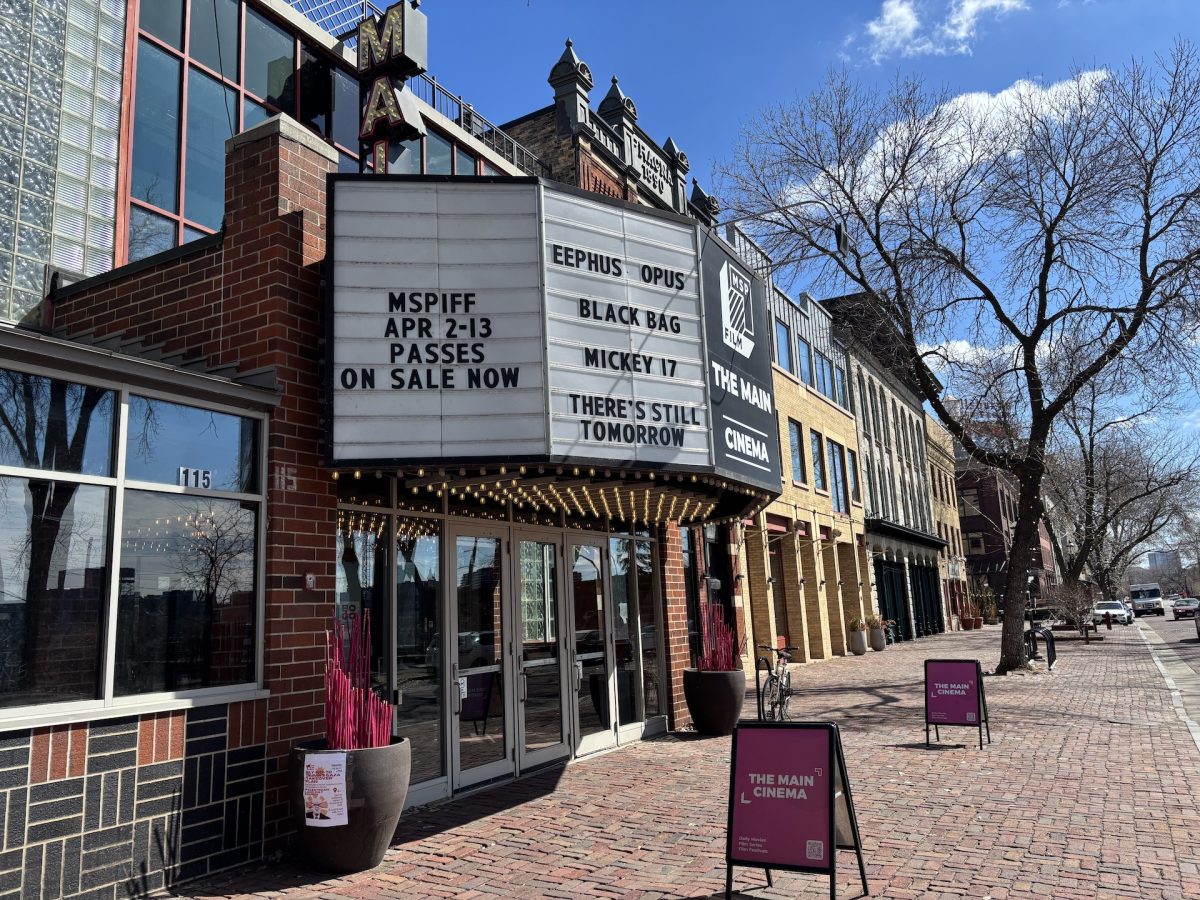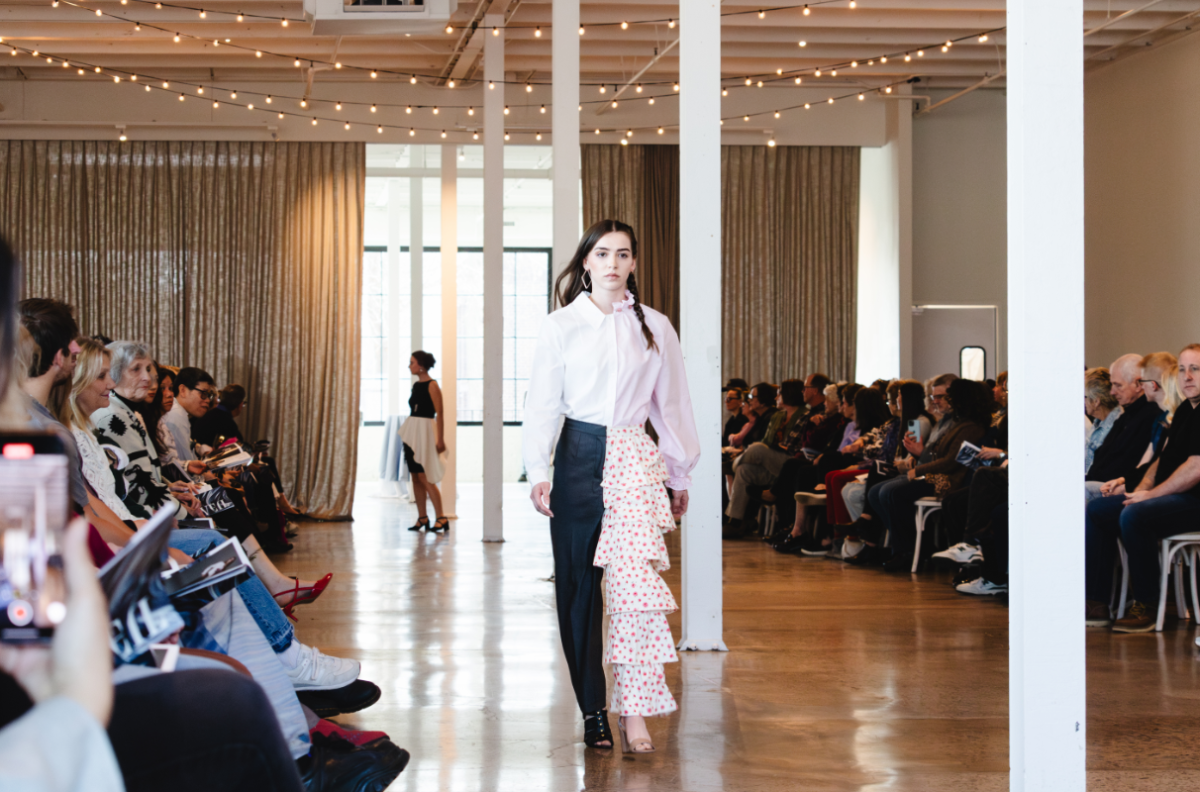Street-style photography is raw and spontaneous. It’s a photographer living the scene, camera in hand, finding himself in a plea with the city to reveal a maverick around the next corner. Its product is the indexical trace of a subject’s pursuit of fashion, ingenuity and humanity. Its style is a journalism of the pavement.
A remarkable social and cultural revolution in the realm of fashion has occurred in the past 50 years, and the role of street-style photography is at the nucleus. It’s at the core of an upheaval allowing not only the Upper East Side swans to sing the high fashion notes but the Soho travest-ites, too — if an outfit is intriguing, a Nikon will capture it, no matter the social class of its beholder.
The Genesis
The emergence of this new medium of showcasing street culture is traced to the pioneering efforts of New York Times photographer Bill Cunningham.
Cunningham’s first set of photos was published in the Times in 1978 and became a series almost immediately. His inspiration comes from the clothes, less the wearer, and for the latter half of the century, his approach has been to photograph individuals who incorporate fashion fantasias into their everyday apparel. He seeks those who have an innate sixth sartorial sense.
Those in the fashion world’s plumiest positions quickly took note of the charming street-style photographer and began to dress for his lens. Thus marked the earliest stage of dressing for the eyes behind the camera.
The Proliferation
Years after Cunningham introduced the concept of street-style photography, the meteoric rise of blogs made the Internet the new platform for individuals to showcase their photographs. Enter Scott Schuman and Tommy Ton.
Both men have become highly respected and renowned for their skill in street photography, gaining fame as a result of borrowed concepts and the popularity of the Internet.
The proliferation of street-style bloggers created an abundance of images less tailored to the upper echelon of the fashion world and more focused on the common man. The photographs of street style soon became a way to see the catwalk trends trickle down to the masses. Here marked a change in the consumption and critique of fashion culture; while fashion was once a monopoly of the upper classes, it has now become a trade to titillate the masses.
The Streets vs. the Runway
After the influx in the participation of street-style photography, what happens off the runway has nearly eclipsed what occurs on the runway. As the street-style trend went nuclear, the emergence of fashion before the runway boomed. The iconic outfits and daring doses of exuberance seen on attendees of fashion weeks have become almost equivalent to the designer digs on the catwalk.
The Consequence
The rise in popularity and frequency of street-style photography has caused some to claim that the preparation required to appear camera ready at all times has muted the effortlessness of the once-original form of street style. It takes the innocence out of the trade.
One could argue that looks do tend to feel more manufactured these days, though the true spirit of fashion is to build and evoke an identity, and a contrived outfit can relay that identity equally as powerful as one seemingly innate.
Street-style photography has had a profound influence on the way we interact with fashion in today’s society: Fashion has become more available to mass culture. Not only is it identifiable in a magazine but also on the nearest street corner.







